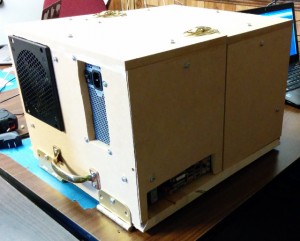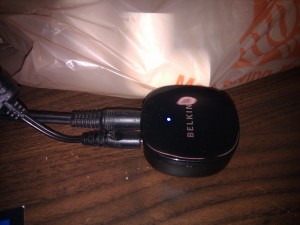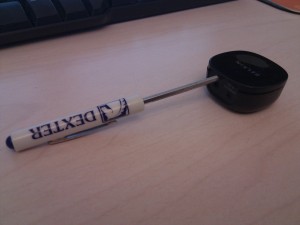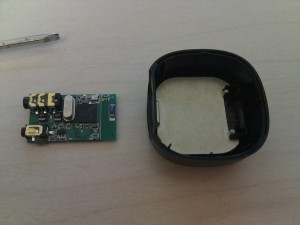Lessons Learned with Basic Woodworking

A while back, I discovered I needed more shelving and counter top space in my kitchen, so I decided to build what you see to the right. The hutch is made of “natural”-stained red oak sanded to 600 grit with 4-5 layers of polyurethane depending on the piece. The counter top is made of manufactured granite which is really just polished concrete. The wood structure is held together with dowels and wood glue.
Read More →





